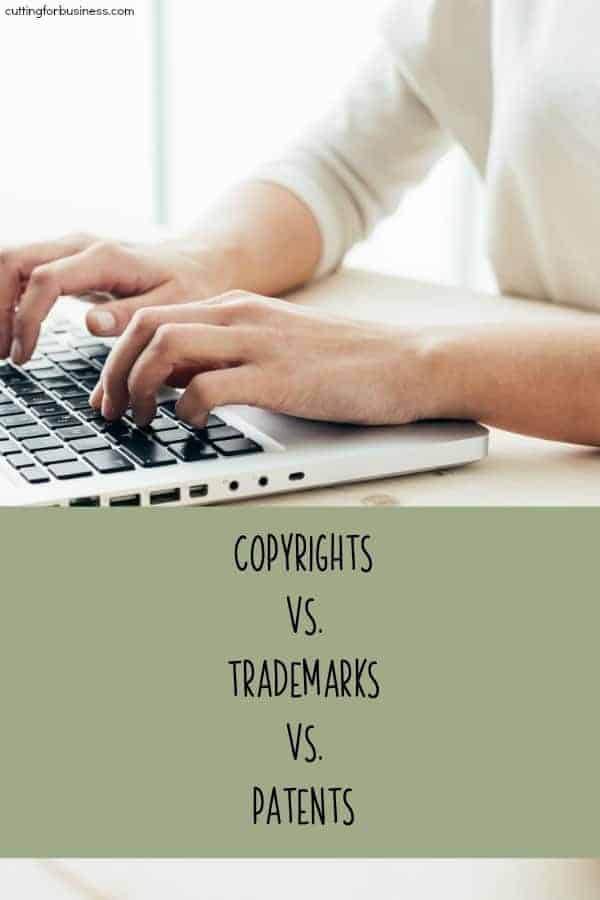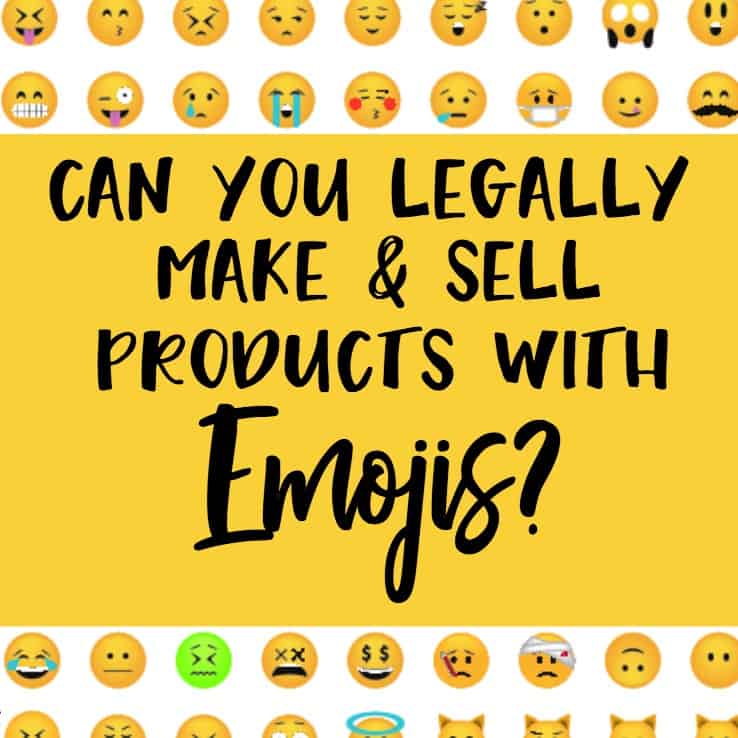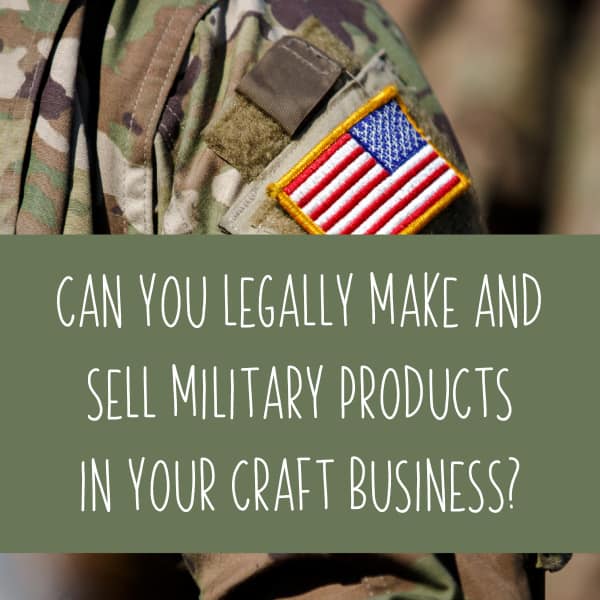Copyrights vs. Trademarks vs. Patents
Affiliate Disclosure: As an Amazon Associate I earn from qualifying purchases. Additionally, I may get commissions for purchases made through other affiliate links in this post.
Hey crafters, I feel like we need to take a step back quickly to define and look at the differences between copyrights, trademarks, and patents. I regularly see these terms used interchangeably by Silhouette and Cricut crafters online – but they really can’t be switched out. Copyrights, trademarks, and patents are three entirely different things. Today, let’s break down the differences.
Copyrights vs. Trademarks vs. Patents
Copyrights
- What they protect: Original intellectual property.
- Examples: Original books, movies, songs, computer software, artistic works, poetry.
- What they don’t protect: Domain names, recipes, brand names, ideas, slogans, or phrases.
- How to look them up: Use the online database archived from 1978 to present at this link.
- How to obtain: Since 1978, copyrights are automatically given when a work is created. If you’d like to formally register a copyright, visit this link for the paperwork. Costs start at $35 and at the time of writing this post, turnaround time is 6 to 8 months when filed online. Registering a copyright is voluntary and you’ll only need to register if you’d like to take legal action against someone.
Trademarks
- What they protect: Brand names, logos, and things that identify a brand or their product.
- Examples: Logos of companies, names of products, slogans and taglines used for advertising. Anything that identifies one brand from another can be trademarked.
- How to look them up: Use the TESS database. I’ve got a tutorial on how to access and search the database at this link.
- How to obtain: If you are interested in trademarking something related to your brand, your best bet is to contact a lawyer who specializes in the trademarking process. Trademarking is much more expensive than copyright protection and if the paperwork is not correctly filed, you will not receive a refund for a do over.
Patents
- What they protect: The rights of inventors of products and processes. Patents insure that an invention created by an individual or a company cannot be made by another without the permission of the inventor.
- Examples: Many products are patented. For example, the Tee Square It that I’ve recommended before is a patent protected product.
- How to look them up: Use the PRTC database at this link.
- How to obtain: Similar to trademarking, patents should be filed by a lawyer or attorney who specializes in filing them. Since patents aren’t applicable to many craft businesses, I’m not well educated on the filing processes – although I do know that it is lengthy.
Remember, an informed craft business owner is a good craft business owner.
Was this information easy to understand? Save the image below to Pinterest.

Since 2015, Christine Schinagl has been helping crafters start and run craft businesses through her blog, Cutting for Business. As a Silhouette and Cricut crafter herself, she has a unique take on what works and what doesn’t work in the craft business world. She also enjoys teaching other crafters how to create digital SVG designs, available through the Design with Me series.





